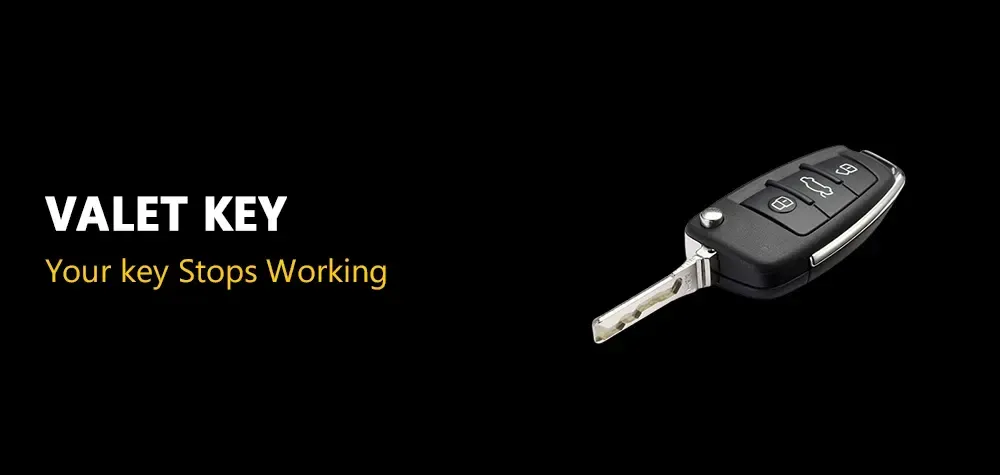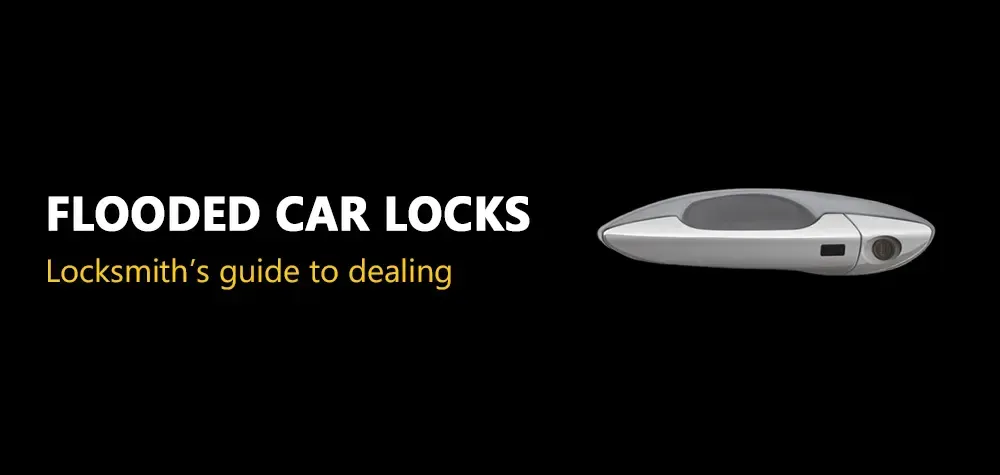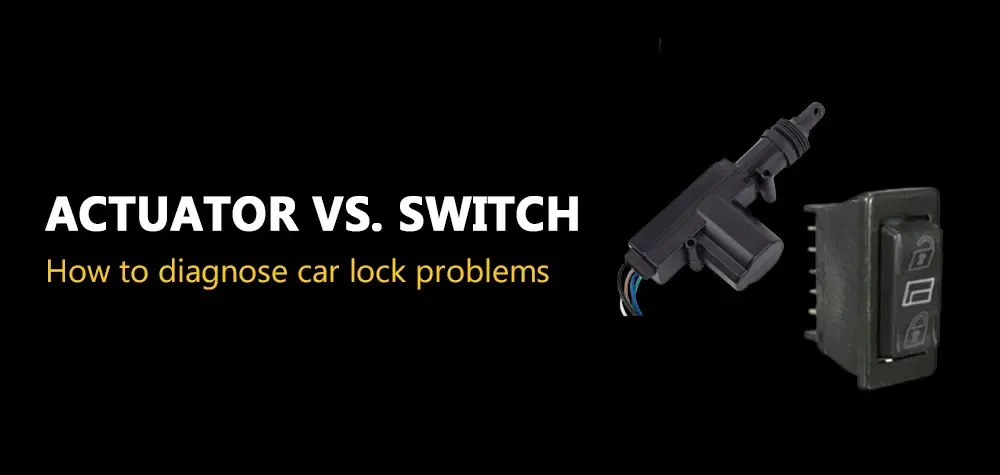How to Start a Car with a Bad Ignition Switch: A Comprehensive Guide
When your car refuses to start despite turning the key, the culprit might be a faulty ignition switch. Unlike more apparent issues like a dead battery or spark plug problems, diagnosing a bad ignition switch can be challenging. This guide sheds light on the signs indicating a malfunctioning ignition switch and provides insights into starting your car in such situations.
Signs of a Faulty Ignition Switch: Unveiling the Mystery
The ignition switch, a vital component for initiating the electrical systems in your car, exhibits specific signs when it's on the verge of failure. If you find the key challenging to turn, experience difficulties starting your vehicle, or hear no starter motor sound, these are potential red flags. Additionally, a stalling vehicle and a stuck steering wheel can be indicators that your ignition switch demands attention.
Hard to Turn the Key: A Symptom of Underlying Damage
- When your key encounters resistance or fails to turn smoothly in the ignition, it's a clear indication of potential damage to the ignition switch. The key may feel stuck, wiggling inside the keyhole, signaling serious issues that require prompt attention.
Vehicle Cannot Start: Wear on Internal Contacts
- The primary function of the ignition switch is to facilitate the starting of your car. If the internal contacts of the ignition switch are worn, your vehicle may refuse to start, leaving you stranded. This sign often manifests as a frustrating and unexpected inconvenience.
No Starter Motor Sound: Absence of the Familiar Clicking
- When turning the key fails to produce the familiar clicking sound of the starter motor engaging, it's a red flag for potential ignition switch issues. The lack of this sound distinguishes problems with the ignition switch from those related to the starter motor, aiding in diagnosis.
Stalling Vehicle: Sudden Stops While Driving
- Imagine cruising down the road, and your vehicle unexpectedly comes to a halt without warning. This unnerving experience could be attributed to faults in the ignition switch. The switch's unreliability can lead to intermittent stalling, creating safety concerns while on the road.
Stuck Steering Wheel: Mechanical Lock Problems
- The ignition switch plays a crucial role in the mechanical lockout of the steering wheel. If you encounter difficulties turning the steering wheel or find it completely stuck, the ignition switch's mechanical components may be at fault. This issue requires immediate attention to ensure safe vehicle operation.
Hotwiring: A Vintage Solution for Older Cars
- Procedure: Locate the wiring harness connector, identify ignition-related wires (yellow and brown), strip battery wires, and connect them. Touch starter wire to connected battery wires for ignition. Rev the engine as needed.
- Applicability: Effective for cars manufactured before the mid-'90s, this method provides a quick solution for ignition switch issues.
The Drill and Screwdriver: Precision with Caution
- Procedure: Carefully drill into the keyhole, matching key length. Insert a screwdriver and turn to mimic key functionality, starting the car.
- Caution: While effective, this method poses a risk of damaging the ignition switch, making it crucial to exercise care.
Jumper Cables: Bridging Connections for Ignition
- Procedure: Connect the positive battery terminal to the positive side of the ignition coil. Activate the solenoid using a jumper cable, ensuring the car starts.
- Precaution: Exercise caution while manipulating electrical connections to avoid accidents.
Testing Your Ignition Switch for Faults
Using a Multimeter: Voltage Insights for Diagnosis
- Process: Set the switch to OFF, connect probes to power feed wire, turn key to RUN, and measure voltage. Less than 90% of battery voltage indicates potential issues.
- Insight: A multimeter provides quantitative data, aiding in precise diagnosis of ignition switch faults.
Using a Test Light: Illuminating Switch Performance
- Steps: Turn the key to OFF, disconnect the module's cable connector, and the starter motor solenoid's S terminal. Connect a 12V test light to assess switch functionality.
- Advantage: A 12V test light offers a visual indicator of the ignition switch's operational status.
Common Ignition Switch Problems and Solutions
1.Steering Wheel Safety Lockout: Freeing the Wheel
- Solution: Release the lock by simultaneously turning the steering wheel and the ignition key, addressing issues of steering wheel resistance in the OFF position.
- Preventive Measure: Regularly perform this action to maintain steering wheel flexibility.
2.Key Stuck in Ignition: Remedies for a Jammed Lock
- Fixes: Use rust remover for keyhole cleanliness or apply gentle taps to release internal components. Seek professional assistance if issues persist.
- Caution: Avoid forceful actions to prevent key breakage and worsening of the problem.
Testing Your Ignition Switch for Faults: A Crucial Step
To confirm whether your ignition switch is the culprit, testing its functionality is essential. Using a multimeter or a 12V test light, you can measure voltage and check for any irregularities. If the voltage falls below 90% of the battery's voltage, or if the test light fails to illuminate, these are indications of a faulty ignition switch that may require attention.
Common Ignition Switch Problems and Solutions: Navigating Challenges
The steering wheel safety lockout is a prevalent issue associated with ignition switches. When faced with this problem, turning the steering wheel while simultaneously attempting to turn the ignition key can release the lock. If the key gets stuck in the ignition due to dirt or debris, using rust remover, gentle taps, or even a spare key may offer a solution. In persistent cases, consulting a professional is advisable.
Maintenance Tips for a Healthy Ignition Switch: A Proactive Approach
Ensuring the longevity of your ignition switch involves regular maintenance. Keep the keyhole clean to prevent the ingress of dirt and debris, minimizing the risk of malfunctions. Regularly testing the switch using the methods mentioned earlier can help identify issues before they escalate. Should DIY methods prove insufficient or if you're unsure about the diagnosis, seeking professional assistance is a wise decision to avoid exacerbating the problem.
Conclusion: Keeping Your Ignition Switch in Top Shape
The ignition switch, a frequently used component in your car, demands attention and care. By recognizing the signs of a faulty switch, employing DIY bypass methods cautiously, testing for faults, exploring common ignition switch problems, and implementing proactive maintenance, you can keep your ignition switch in optimal condition, ensuring a smooth start every time.
Call Us Any Time!









